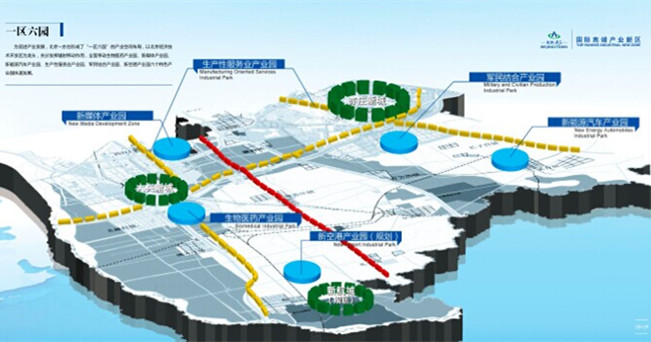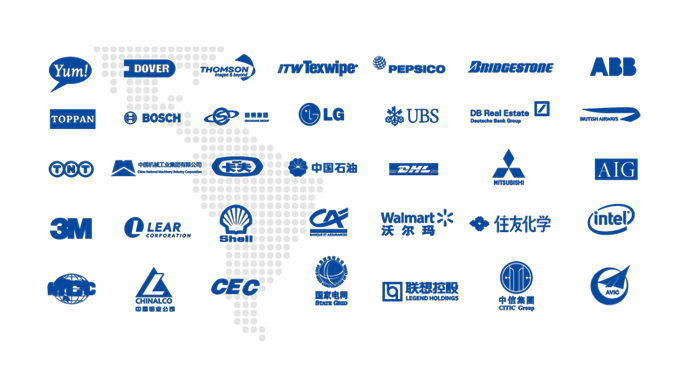Trade volume up sharply, ending a two-year dip
( China Daily )
Thanks to new growth engines in exports and robust momentum in imports, China's foreign trade hit more than $4 trillion last year, ending a two-year dip.
The country's overall trade volume jumped by 14.2 percent year-on-year to 27.79 trillion yuan ($4.3 trillion) in 2017, ending two consecutive years of decline, the General Administration of Customs announced on Friday.
GAC spokesman Huang Songping attributed the double-digit growth in trade volume to the global market's recovery, domestic economic expansion, rising commodity prices, emerging markets related to the Belt and Road Initiative and a low comparison basis.
Outbound shipments from China rose by 10.8 percent year-on-year to reach 15.33 trillion yuan in 2017, while imports surged by 18.7 percent to 12.46 trillion yuan.
Stimulated by domestic demand for manufacturing, food consumption and commodity investment, China imported 1.08 billion metric tons of iron ore from global markets in 2017, up by 5 percent year-on-year, as well as 420 million tons of crude oil, an increase of 10.1 percent, and 95.54 million tons of soybeans, up by 13.9 percent.
Zhang Yongjun, a researcher at the China Center for International Economic Exchanges, said rising demand in overseas markets and trade in services and high-tech products will build a solid foundation to support China's foreign trade in 2018.
Li Guanghui, vice-president of the Chinese Academy of International Trade and Economic Cooperation in Beijing, said: "China is no longer betting on low-end exports to drive up its economy. Cultivating new growth points in technology upgrades, domestic consumption and investments in global destinations-these have all become practical elements for the country to boost foreign trade."
However, potential trade growth faces pressure for the first quarter of this year, as surveys show falling confidence and fewer new orders in December, according to the GAC.
It will be difficult to keep double-digit trade growth this year, given the many global uncertainties and a high comparison base, said Huang, the GAC spokesman.
Export and import growth slowed in December after surging the previous month, as the government extended a crackdown on corporate financial risks and factory pollution.
Huang also noted that global protectionism is still on the rise, with more trade remedy investigations into Chinese products on the horizon.
China's trade surplus continued to narrow last year, shrinking by 14.2 percent to 2.87 trillion yuan, compared with a 9.1 percent reduction in 2016, when the trade surplus was 3.35 trillion yuan.
The European Union, the United States and the Association of Southeast Asian Nations are China's top three trading partners, according to the GAC.
"There are also threatening elements coming from the financial markets as certain developed economies tighten their monetary policies," said Xue Rongjiu, deputy director of the Beijing-based China Society for WTO Studies.
"Though cutting overcapacity in certain sectors and optimizing companies' resources in key industries are still important, the country must accelerate negotiations on trade facilitation agreements with more trade partners such as Canada and Israel," said Xue.
China's foreign trade volume previously fell by 0.9 percent year-on-year to 24.33 trillion yuan in 2016, and the figure was 24.59 trillion yuan in 2015, a drop of 7 percent from 2014.
 The Area with Six Parks
The Area with Six Parks Global Top 500
Global Top 500